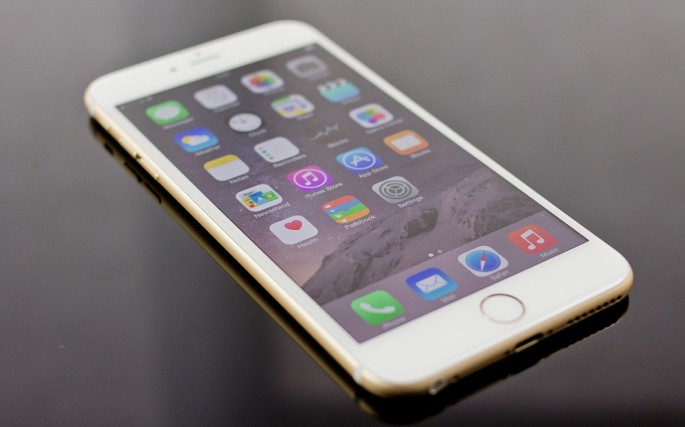One of the problems that Apple's iPhone iterations face is the home button. Even the iPhone 6, the newest and most advanced version of the iPhones, has faced numerous issues with the home button, from sticking issues to wobbly build.
If a new rumor is to be believed, then Apple may be working towards permanently fixing this problem. This may be solved via a new technology that is in the works at Apple, dubbed as the touch and display driver integration (TDDI) single-chip solutions, Digitimes reported.
The claim comes from unnamed sources in Taiwan chipmakers. The TDDI technology will supposedly include fingerprint sensors so that it will eliminate the Home button in future iPhones.
In addition, the TDDI single-chip solutions will allow for ultra-thin and narrow displays, creating a redesigned look and feel for the iPhone handset. The information should be taken with caution, but another bit of evidence from another source adds to the whole idea of Apple's aim to redesign the iPhone.
Despite emphasizing the removal of the Home button, Apple may not be looking at big changes in the iPhone, at least not before 2017, Apple Insider reported. The anonymous source claimed that the removal of the physical button does have its own set of challenges. The biggest solution that could deal with that is the integration of the Touch ID into the display, a hurdle that has yet to be overcome by the developers in Apple.
More than the trouble of the integration, the removal of the Home button will also remove-or at least require a reshuffling of-some functions involving the Home button. These include access to the home screen and the iOS quick app switcher.
While an iPhone with no physical Home button does have the advantage of people no longer having to worry about faulty frequently-used buttons that may not be all the changes that would come to the iPhones in the future.
Previously, there have been reports that the inclusion of the Force Touch, as seen in the Apple Watch, may be included in future iPhones. The Force Touch is a technology that not only detects the location of the press but also the amount of pressure used by the device owner that could bring forth different commands and functions.



























